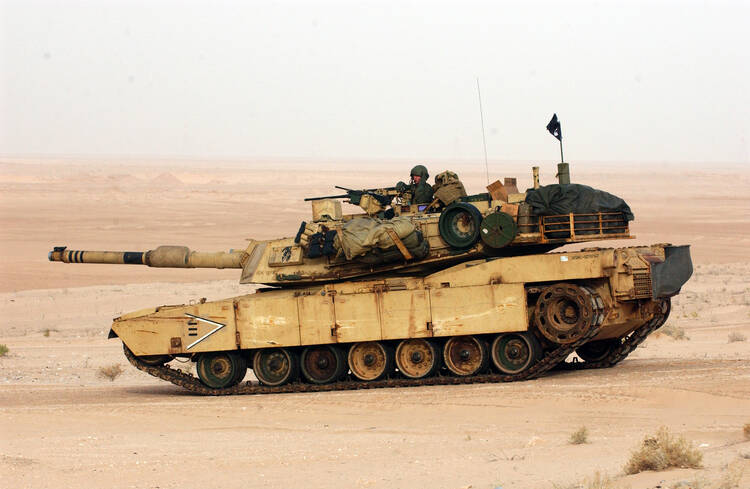The United States has a long history of arming its enemies. From Afghanistan and Somalia to Haiti and Panama, U.S.-made weapons supplied to former allies have a nasty tendency to turn on their maker. The Obama administration thought Jordan, a close partner in the U.S. fight against terrorism, would be different. But a recent investigation by The New York Times and Al-Jazeera reveals that arms shipped by the Central Intelligence Agency to train rebels fighting President Bashar al-Assad of Syria were systematically stolen and sold on the black market by Jordanian intelligence operatives.
It is not clear whether those arms have ended up in the hands of the Islamic State or other militants, but some of the stolen weapons have been tied to the killing of two Americans and three others at a police training facility in Amman in November.
Yet the United States seems determined to learn nothing from even its recent history. In May, Secretary of State John Kerry and top officials from the four other permanent U.N. Security Council member countries announced they were ready to make exceptions to the arms embargo on Libya and ship weapons to prop up its fledgling government in the fight against the Islamic State and other militant groups. Just a month later, without a hint of irony, the U.N. Security Council, “expressing deep concern at the threat posed by unsecured arms and ammunition in Libya and their proliferation,” voted to allow E.U. maritime forces to seize illegal weapons off Libya’s coast. Instead of fueling the arms trade, the United States should be making every effort to stop the trafficking of refugees that has proliferated there in the post-Arab Spring power vacuum. That means supporting governance, not simply supplying guns.








